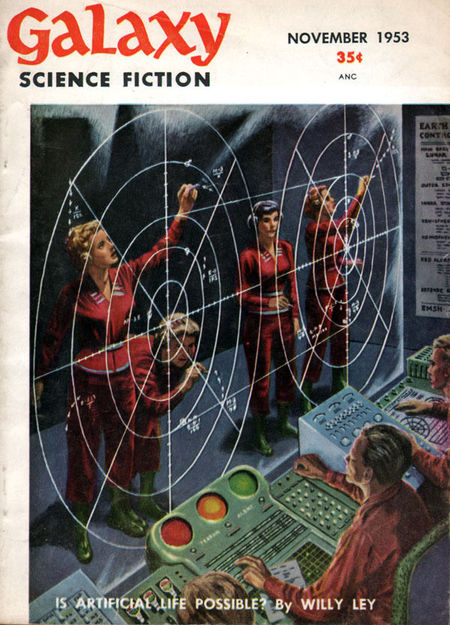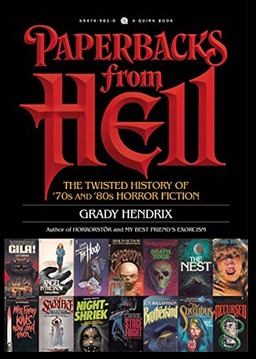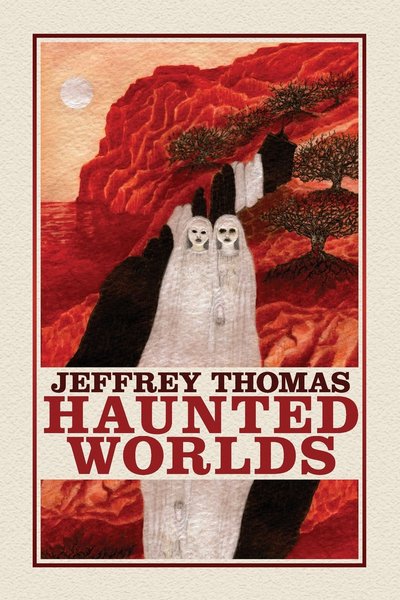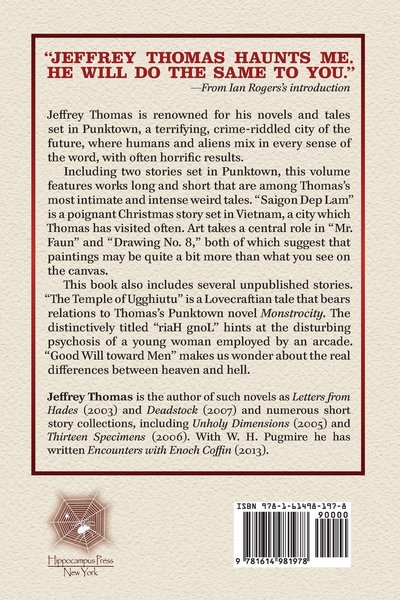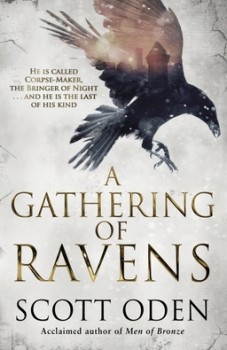Fantasia 2017, Day 3, Part 2: Genre Shift (Mohawk)
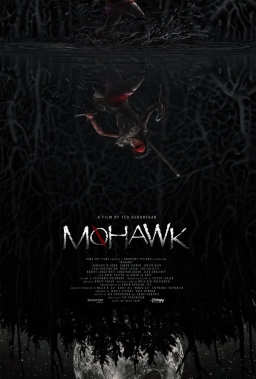 After seeing two showcases of short films on the afternoon of Saturday, July 15, in the evening I went to my first movie of the 2017 Fantasia festival to screen in the 400-seat D.B. Clarke Theatre. That was a film called Mohawk. Directed by Ted Geoghegan, his second film after 2015’s We Are Still Here, with a script by Geoghegan and Grady Hendrix, it tells a story from the War of 1812. In upstate New York a British agent, Joshua (Eamon Farren, Richard Horne on Twin Peaks: The Return), is in a polyamorous relationship with a Mohawk woman, Oak (Kaniehtiio Horn), and a Mohawk man, Calvin (Justin Rain). Calvin’s stirred up American soldiers in the area by an injudicious attack; when Joshua meets a unit of about a half-dozen Yanks in the woods, Calvin and Oak save him — but the confrontation turns into a running battle. The brutality mounts, revelations are made at inopportune times, and an image from a dream recurs.
After seeing two showcases of short films on the afternoon of Saturday, July 15, in the evening I went to my first movie of the 2017 Fantasia festival to screen in the 400-seat D.B. Clarke Theatre. That was a film called Mohawk. Directed by Ted Geoghegan, his second film after 2015’s We Are Still Here, with a script by Geoghegan and Grady Hendrix, it tells a story from the War of 1812. In upstate New York a British agent, Joshua (Eamon Farren, Richard Horne on Twin Peaks: The Return), is in a polyamorous relationship with a Mohawk woman, Oak (Kaniehtiio Horn), and a Mohawk man, Calvin (Justin Rain). Calvin’s stirred up American soldiers in the area by an injudicious attack; when Joshua meets a unit of about a half-dozen Yanks in the woods, Calvin and Oak save him — but the confrontation turns into a running battle. The brutality mounts, revelations are made at inopportune times, and an image from a dream recurs.
This is less an action film than a suspense film, built around two small groups chasing each other through the woods. The focus is admirable, but the last act of the movie drifts from suspense into fantasy-horror — or, perhaps, into a dark super-hero story. To me, there isn’t enough groundwork earlier in the film setting up the movement into fantasy. Viewers more sympathetic to the genre shift will appreciate the movie more, although I think there are a few other issues with it as well.
Before discussing the storytelling, it is perhaps worth talking about the film’s portrayal of the Mohawks in the context of a violent historical adventure. Notably, it avoids a lot of action-film clichés and imagery. This is clearly a movie that wants to be on the Mohawks’ side; I suspect audiences will have varying opinions of how well it succeeds at that. I can say that at the question-and-answer period after the film, Horn and Rain were clearly proud of their work and the story of the film. I can also say that a non-Indigenous friend of mine who works with First Nations people left the screening early.
 So I’m in my brother’s bookstore, and I’m looking for my latest book, and I’m not finding it. Just as I’m thinking oh really? it strikes me that I’m looking for the wrong name.
So I’m in my brother’s bookstore, and I’m looking for my latest book, and I’m not finding it. Just as I’m thinking oh really? it strikes me that I’m looking for the wrong name.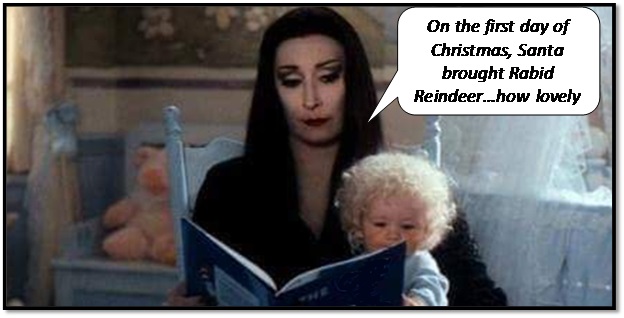
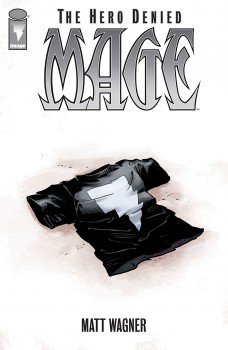
 Saturday, July 15, looked like an unusual day for me at Fantasia: I’d mostly be seeing short films. It’d begin a bit after noon, with a set of shorts called SpectrumFest: Films from the Autism Spectrum, a collection of pieces from young filmmakers on the autism spectrum. Then would come this year’s edition of the International Science-Fiction Short Film Showcase, featuring eight science-fictional short films from around the world. Both showings looked fascinating, if in different ways. SpectrumFest was new to me, but I’d seen the SF showcases in previous years, and been impressed both by the individual films and by the way they worked together — if short films are loosely equivalent to prose short stories, the SF short film showcases make excellent anthologies.
Saturday, July 15, looked like an unusual day for me at Fantasia: I’d mostly be seeing short films. It’d begin a bit after noon, with a set of shorts called SpectrumFest: Films from the Autism Spectrum, a collection of pieces from young filmmakers on the autism spectrum. Then would come this year’s edition of the International Science-Fiction Short Film Showcase, featuring eight science-fictional short films from around the world. Both showings looked fascinating, if in different ways. SpectrumFest was new to me, but I’d seen the SF showcases in previous years, and been impressed both by the individual films and by the way they worked together — if short films are loosely equivalent to prose short stories, the SF short film showcases make excellent anthologies.